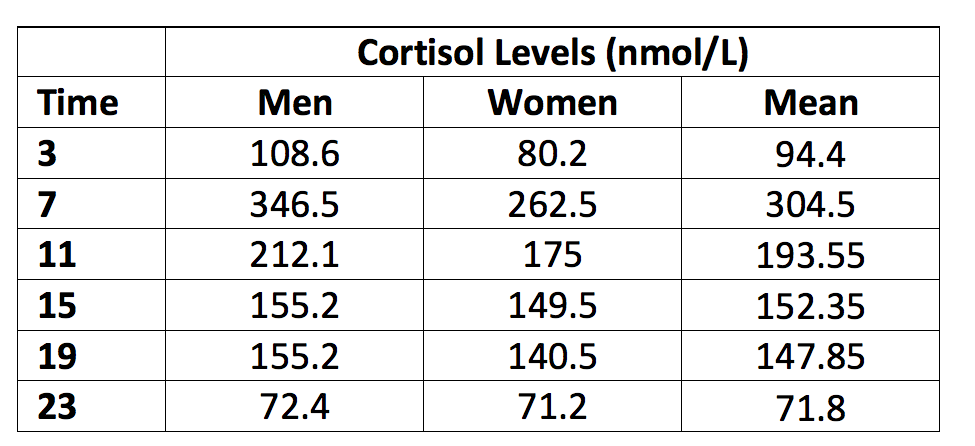Team:Colombia Uniandes/Implementation
From 2013.igem.org
Glucocorticoid detection system
The Glucocorticoid (GC) detection system can be used to detect stress in any mammal from a sample of tissue. While doing the mathematical model we wanted to establish the base line for the levels of GC that our system was going to be able detect. The idea was that this base line served for all the animal samples and can be used as a reference point of stress in all cases. Nevertheless, it was found that the stress levels of GC varies a lot depending on the animal and the tissue sample.
To the mathematical model this variation of stress levels was a problem, because we needed to test the model with an established threshold and see if the system was turned on at this value. In order to solve the problem we decided that the tests for the model were going to be done to detect stress condition in humans given the fact that the permit of the Ethical Committee were easier to obtain for human samples than animal samples, making the lab verification more feasible.
Determination of the stress threshold in Humans
In humans, changes in plasma cortisol levels are currently linked to stressful conditions. Nevertheless as cortisol levels vary within a circadian rhythm, in order to identify whereas if someone is stressed or not, it is necessary to identify normal or base conditions for each hour of the day. This information will act as the threshold for our system.
Table1. Baseline of Cortisol levels within different hours of the Day for Men and Women obtained from curve in (Kupfer, 1996)
According to (Kupfer, 1996) Acute stress conditions elevate mean plasma cortisol levels in every hour of the day between 20 to 50%. According to this information we created a profile for male, female and mean of an increase of 20% and 50% in cortisol levels. This will give us an interval to determine whereas the subject of experimentation is stressed.
 "
"




